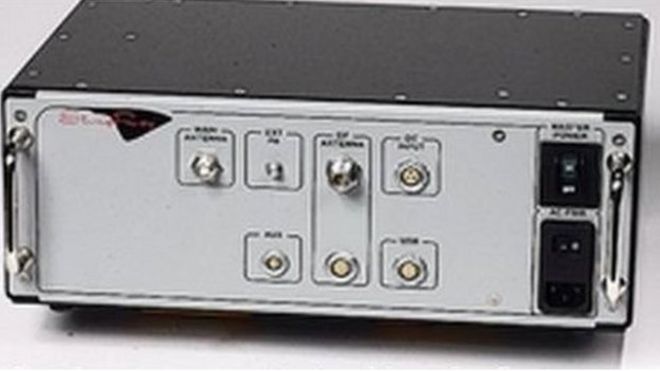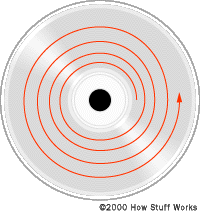Either way, just 17% of the world's population has blue eyes.
For the majority of the world's population -- an estimated 80% - those elusive movie star eyes can usually only be obtained with the aid of colored contact lenses. But today there's a medical procedure that can permanently turn your brown eyes blue.
Pioneered by Stroma Medical, the laser procedure works by eliminating the brown melanin that's present in the anterior layers of the iris.
"The fundamental principle is that under every brown eye is a blue eye," Dr Gregg Homer told CNN, adding that there is no actual blue pigmentation in the eye.
"The only difference between a brown eye and a blue eye is this very thin layer of pigment on the surface.
Bright like the sky
"If you take that pigment away, then the light can enter the stroma -- the little fibers that look like bicycle spokes in a light eye - and when the light scatters it only reflects back the shortest wavelengths and that's the blue end of the spectrum."
He said the effect is similar to the Rayleigh scattering of sunlight in the sky -- the physics that makes our sky appear blue.
The company says it has developed a laser treatment that disrupts the layer of pigment, causing the body to begin removing the tissue naturally. While the procedure takes all of 20 seconds, the blue eyes lurking underneath do not emerge for several weeks.
He said that Stroma Medical wanted to develop a procedure that was safer, cheaper and more convenient than any of the alternatives on the market.
Low intensity laser
While it has yet to get the green light from regulatory bodies in the United States, the company's medical board has said that preliminary studies show the surgery is safe.
So far, just 17 patients in Mexico and 20 in Costa Rica have undergone the treatment.
"It's difficult to work out a way to injure someone with this laser because the energy is so low," he said.
The laser treats only the iris and does not enter the pupil or treat any portion of the inside of the eye where the nerves affecting the vision are located.
The company is still in the fundraising stage but hopes to have completed clinical trials within several years.
And the cost of turning your brown eyes blue?
Dr Homer says Stroma Medical would charge around $5,000 (£3,120) for the procedure.
Industry skepticism
Industry reaction to the process has been muted. Ophthalmologists who deal with people's eyes, Homer concedes, have every right to be skeptical for the simple fact they are dealing with one of the most sensitive organs in the human body.
Saj Khan, an ophthalmologist at the London Eye Hospital, told CNN the treatment raised some red flags.
'The main concern with any procedure that involves releasing pigment inside the eye is that the pigment can clog up the normal drainage channels which can in turn cause the pressure inside the eye to go up," he said.
"If that happens significantly enough, for long enough, it's how patients develop glaucoma."
He said that while Stroma Medical claims that the particles released by the process are too fine to cause glaucoma -- and that any complications were likely to be short-term and easily remedied - a risk still remains.
"Theory has some sense to it, but without seeing long-term outcomes and without seeing patients that have been treated in this way I wouldn't commit myself to it," Khan said.
Blue skies for blue eyes
In the meantime, Homer says there are no shortage of potential customers wanting to have the irreversible procedure.
"It's not a goal of our company to promote blue eyes," he said. "From my experience what most people are after is the translucence of the blue eye rather than the color of the blue eye.
"The people who seem most vigilant about pursuing this always have a story about being young and in the presence of a sibling or a friend who had light eyes and the friend is being told how beautiful their eyes are and it sticks with them.
"That seems to be something they've carried around with them. Would it be better for them to get over it? Probably.
"All your problems don't go away because you've changed your eye color but I do believe that people like to express themselves a certain way and it's nice when they have the freedom to do that."


